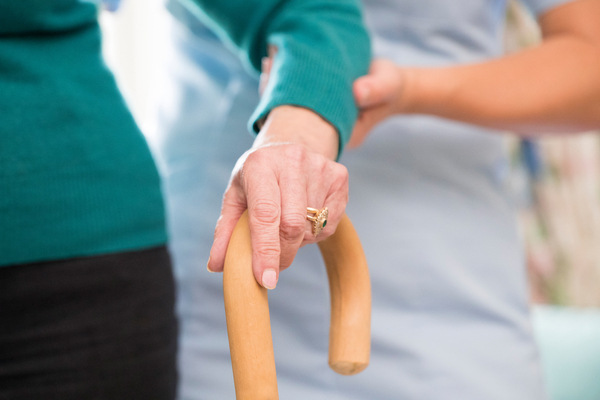Striving for zero doesn't necessarily work in these environments

As I speak with organizations and individuals about the goals of their health and safety program, I often hear the phrase “zero incidents” or “zero injuries.” A quick search online will lead you to numerous references to the goal of zero with most references in support of that target, though it appears that there is an increasing movement away from the “zero” goal. The goal of zero is not a problem on its own, but the systems and definitions and the rewards attached to attaining that goal can be a problem.
An unfortunate example of this occurs in organizations that deal with individuals who are unwell physically or mentally. These individuals in distress or confusion can react aggressively and violently with medical, support staff and first responders. This patient/client-initiated violence exposes workers and volunteers to physical assaults, threats and scenes of death — especially with the opioid crisis and lack of mental health supports.
Outside of health care, social services and first responders, these scenarios would (or at least should) all be recognized as incidents. Within health care and social services organizations, this is often not the case.
These acts of violence and aggressiveness are documented, but not as incidents. The documentation goes into patient/client files so other care professionals can refer to this information when providing ongoing care and support. This is a good thing for the patients/clients. This is also the root of the problem that has led to nursing and social services being one of the most high-risk jobs for workplace violence. The risk level for workplace violence in these fields is so high that some jurisdictions are finding medical and social work staff are at a greater risk of violence that law enforcement.
From a health and safety perspective, the reports of violence, threats and situations that may not be psychological safe for staff being entered into medical records and charts provides almost no information to increase awareness and support the workers’ safety. Without a valid medical or treatment reason, privacy laws prevent staff from accessing these records, which results in few — if any —metrics relating to the hazards workers are being exposed to, and almost no awareness of the extent of the problem.
Even more challenging is the culture of acceptance and the complacent attitude to these risks that has been ingrained in the systems and the workers providing these services. On a day-to-day basis, much of the care provided to those who are mentally unwell is provided by non-profit and volunteer-based organizations. Many of these organizations don’t have the financial or physical resources to commit to safety and training that many corporate enterprises do, and their mandate and values drive the workers and volunteers to focus on patients and clients, accepting unnecessary risks and placing their own personnel welfare in harms way while they pursue their mission.
Addressing these risks is vital to the physical and psychological health of workers in these fields. The challenge is that the controls that are effective in other fields, such as law enforcement, create barriers to treatment in nursing and social work. You cannot physically restrain every patient that may become violent. A psychologist or social worker cannot make that personal connection from behind a glass wall. There are risks inherent to the work and awareness and training are the two best tools to minimize these risks.
Training is a double-edged sword though, as workers tend to develop a mindset that because they are trained to deal with the violence or stressful situation, it is no longer an incident.
What is it going to take to keep these workers safe?
•Drop the zero: Many types of risks can be controlled or eliminated, but when individuals are physically or mentally unwell, we cannot help them and eliminate the hazards at the same time. Incidents are going to happen.
•Change the culture: A cultural shift that acknowledges that any incident of violence, threats or that has the potential to have a negative psychological impact on a team member is an incident and not just an accepted part of the job. The shift must also address the stigma of reporting these incidents.
•Change the definition: How an organization defines an “incident” impacts what incidents are reported. Very few organizations have updated their definition of incident to include situations that may have a negative impact on psychological health even though WCB boards and provincial health and safety acts are now including this as part of health and safety. Creating a definition that eliminates the “I am trained so its not an incident” or “it happens all the time” mindset is a challenge (and one I still have not found a perfect solution for). It is this mindset that puts workers at the greatest risk.
•Metrics: Encourage team members to document the incident outside of the client charts and provide the time for the team members to do this. We can’t properly address what we don’t know is happening and completing an incident report should be part of the job and not just another task added to heavy workloads.
•Train, train, train: Train your staff to be aware of the risks and how to manage the risks appropriately. Use your metrics to determine the specific training your team can benefit from.
This process won’t eliminate incidents. It will likely result in the exact opposite from a statistical perspective as situations previously accepted as part of the job are now recognized for the risks and hazards they are. What it will do is enable you to provide the support to your team when and where it is needed, ensure they are getting the right training for their environment, and ultimately reduce the level of severity of incidents as your team is better equipped to manage the risks.






